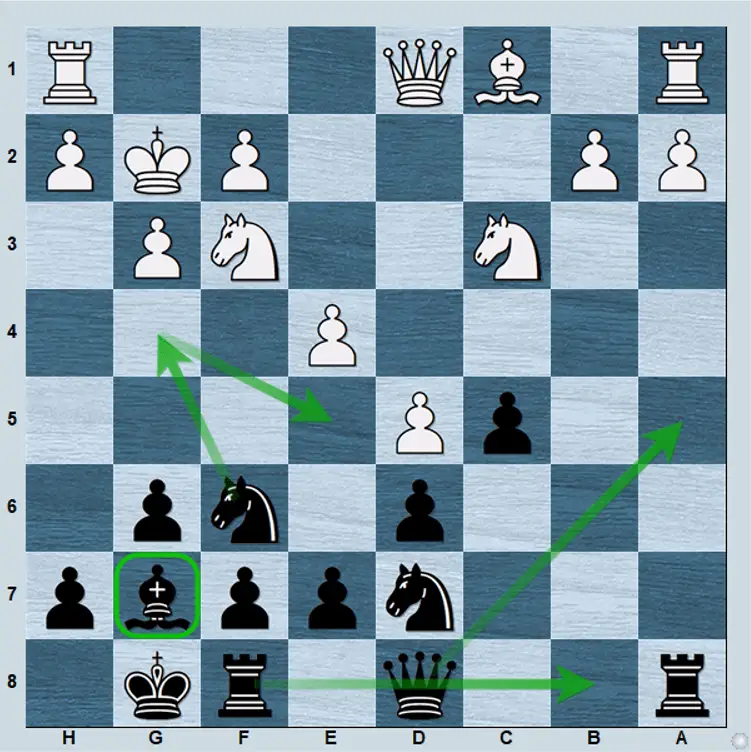I'll take just a minute from you 😇
Please create a free account and continue enjoying the course.
Cheers! Charlie

Benko Gambit
(5 hours 46 min)
Why Play the Benko Gambit against 1.d4?
When you face 1.d4, you want something easy to learn, practical to play, and uncomfortable for White.
The Benko Gambit checks all those boxes.
You don’t need to memorize heavy theory — Black’s plans are clear. You give up a pawn, but in return you get long-term Queenside pressure, open lines for your pieces, and active play in almost every position.
White often feels under constant pressure, and many strong players prefer to avoid the gambit altogether, especially in faster time controls.
In this course, you’ll see how the Benko lets you fight for the initiative from move two — keeping your opponent on their toes the entire game.Below are some of the positions we’ll dive into together in the course:








Learning the Benko Gambit will give you a better understanding of the importance of active pieces, open and half-open lines and the strength of g7-bishop that occurs from many openings.
Let's get started!
What you'll learn
- A full repertoire to play the Benko Gambit, covering all crucial variations and sidelines, move-by-move.
- How to play with a pawn deficit but happy pieces.
- The main idea behind the Benko Gambit (1.d4 Nf6 2.c4 c5 3.d5 b5)
- How to grab the initiative with Black?
- How to counter White's 3rd move alternatives in this opening instead of 3.d5.
- The power of happy pieces — how a Bishop on a long diagonal and Rooks on open files can stifle the enemy’s position.
- A strategy where Black offers to exchange Queens and go into an endgame, despite having less material!
- Model games to help you understand the Benko Gambit better and more.
Course Content
-
131
Episodes -
5 hours 46 min
Students give this course an average of 4.9 out of 5 stars.



